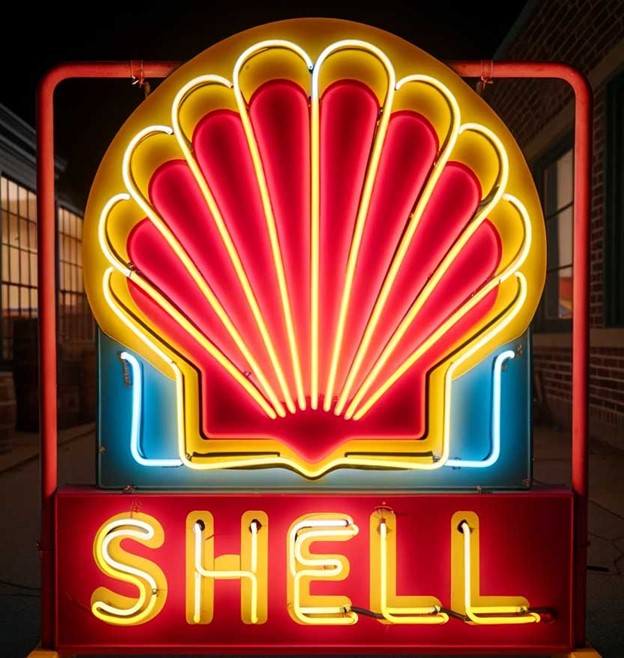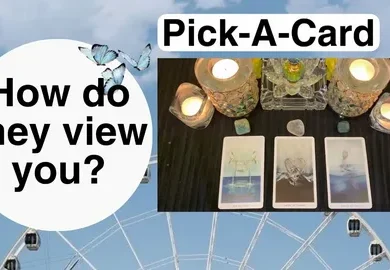Reviving Nostalgia: The Cultural Significance of Old Neon Signs

Neon signs, with their vibrant colors and eye-catching glow, have long been emblematic of American culture and urban landscapes. They evoke a sense of nostalgia and charm, connecting us to bygone eras and simpler times. This article delves into the cultural significance of Old neon signs exploring their historical context, aesthetic appeal, and ongoing relevance.
The History of Neon Signs
Origins and Evolution
Neon signs first illuminated the streets of Paris in the early 20th century. French engineer Georges Claude, who is credited with their invention, brought this brilliant technology to the forefront of advertising. The luminous appeal of neon quickly caught on, and by the 1920s, neon signs began to light up American cities, becoming symbols of modernity and innovation.
A Boom in Popularity
The 1930s to the 1950s marked the golden age of neon signs in America. They adorned movie theaters, diners, motels, and bars, creating a vibrant and dynamic urban landscape. These signs were more than just advertising tools; they were part of the visual culture, contributing to the distinctive character of each city.
The Aesthetic Appeal of Old Neon Signs
Visual Impact
Old neon signs are celebrated for their aesthetic allure. The radiant glow of neon tubes, often in bold and bright colors, creates a captivating visual impact. The craftsmanship involved in their design—ranging from intricate typography to elaborate graphics—adds to their charm and uniqueness. Each sign tells a story through its design, reflecting the era in which it was created.
Cultural Icons
Many old neon signs have become cultural icons. For example, the “Welcome to Las Vegas” sign has become synonymous with the city itself. Such signs are not just relics of the past; they are integral parts of the cultural fabric, representing the vibrant spirit of their time.
Preservation and Restoration
The Decline and Revival
As new technologies emerged and cities modernized, many old neon signs fell into disrepair or were removed. However, there has been a growing movement to preserve and restore these vintage treasures. Organizations and enthusiasts dedicated to neon sign preservation are working to save these iconic pieces of history from extinction.
Modern Appreciation
Today, old neon signs are highly sought after by collectors and vintage enthusiasts. They are valued not only for their historical significance but also for their unique aesthetic qualities. Many have found new life in private collections, museums, and retro-themed businesses, continuing to captivate audiences and evoke a sense of nostalgia.
The Cultural Impact of Old Neon Signs
Symbolism and Memory
Old neon signs symbolize more than just advertisements; they represent a bygone era and evoke memories of the past. For many, these signs are a link to childhood experiences or a glimpse into a different time. They serve as cultural touchstones, reminding us of the history and evolution of urban life.
Influence on Contemporary Design
The retro appeal of old neon signs has influenced modern design and popular culture. Contemporary artists, designers, and businesses often draw inspiration from neon’s vibrant colors and bold forms, incorporating these elements into modern aesthetics. This cross-generational influence highlights the enduring legacy of neon signs.
Conclusion
Old neon signs are more than just relics of the past; they are vibrant symbols of American history and culture. Their aesthetic appeal and cultural significance continue to resonate with people today. By preserving and celebrating these neon treasures, we not only honor their past but also keep the spirit of a bygone era alive.
Discover Authentic Americana
At Road Relics, we offer 100% original antique advertising and authentic Americana vintage signs, all with a money-back guarantee. Explore our collection and add a touch of nostalgic charm to your home. Visit us at Road Relics to find the perfect piece to revive and celebrate the beauty of old neon signs.




